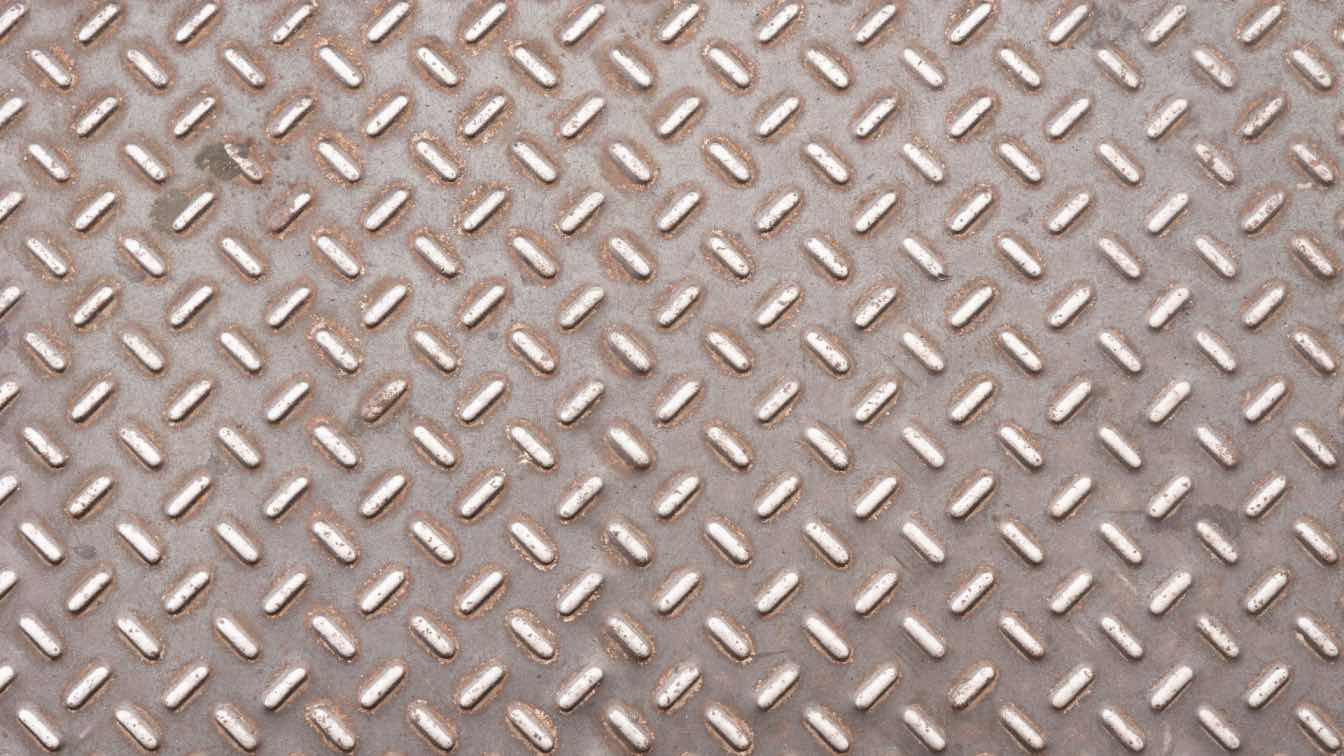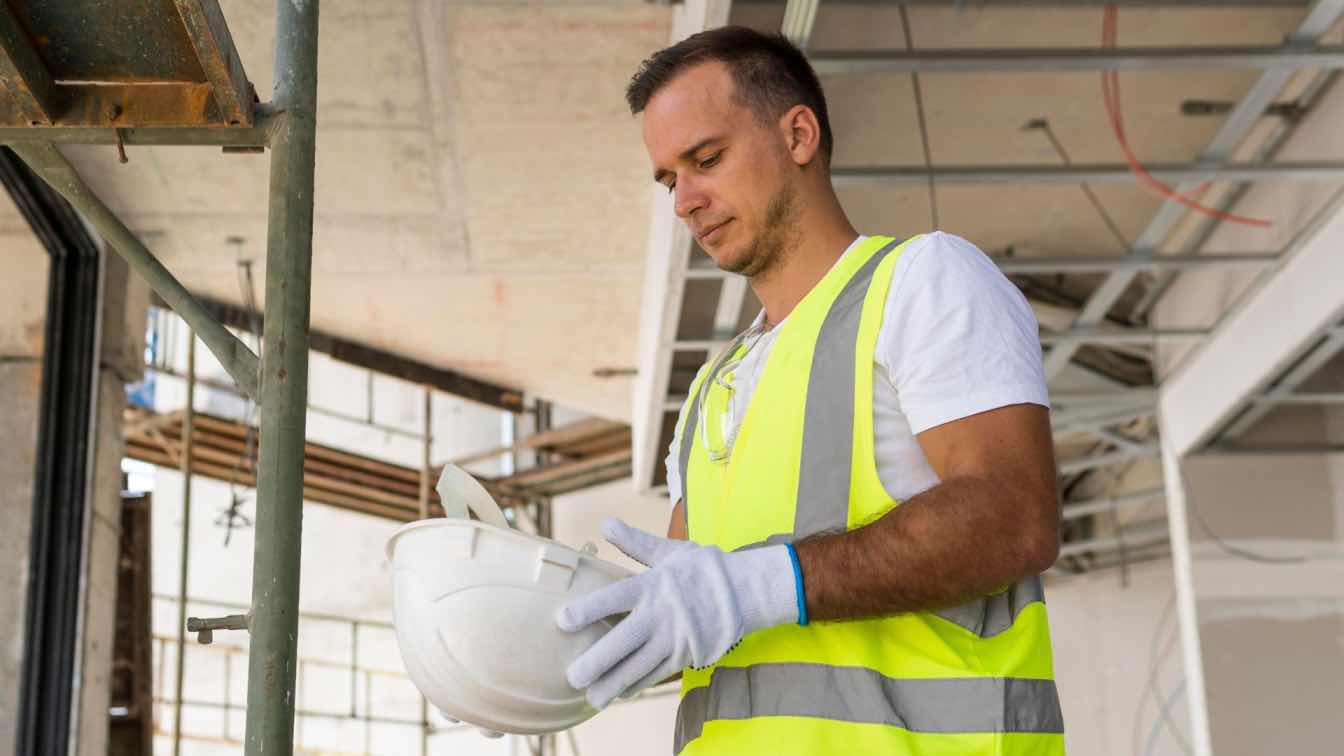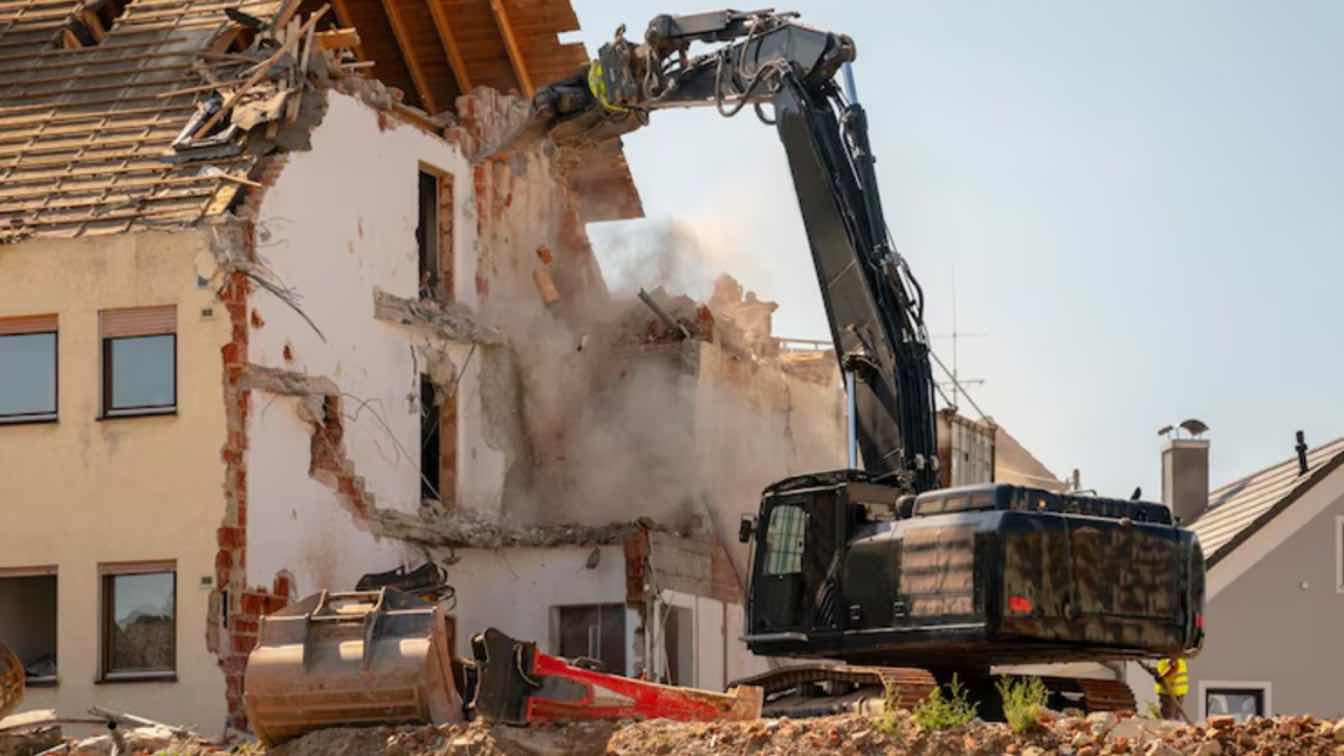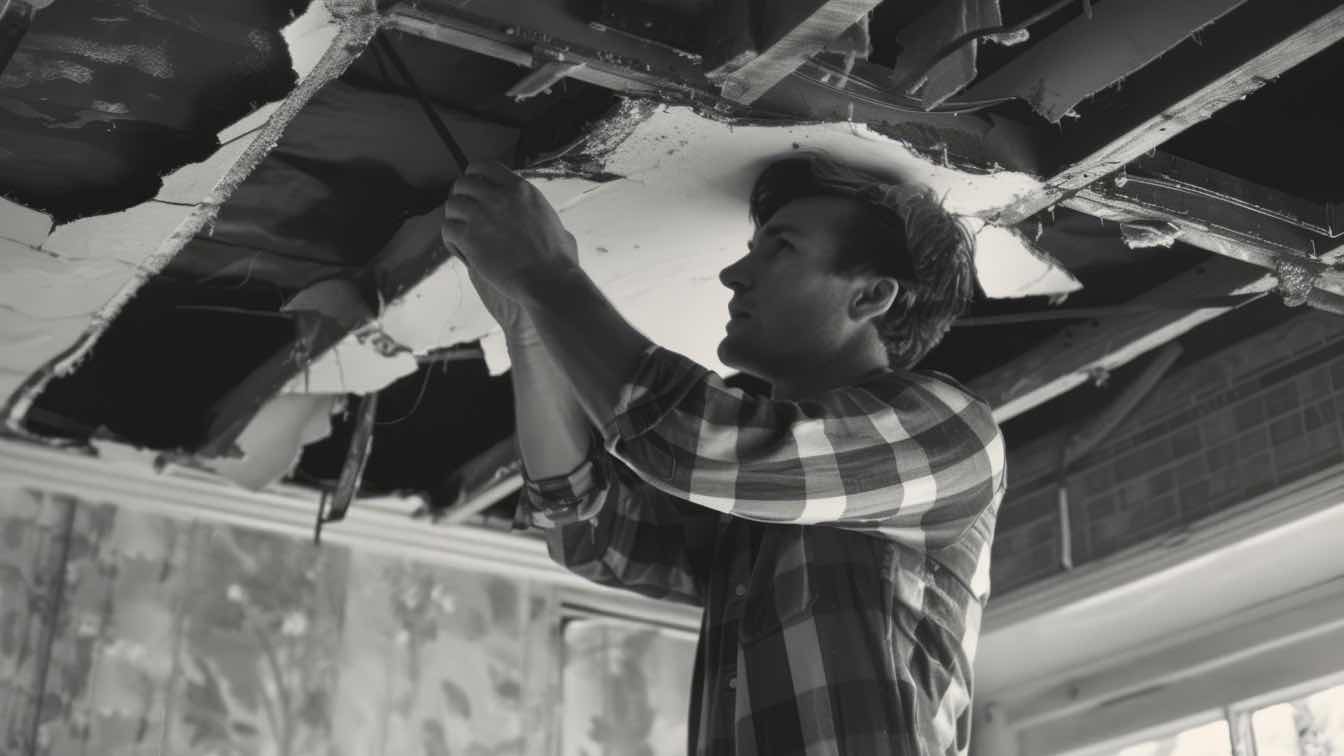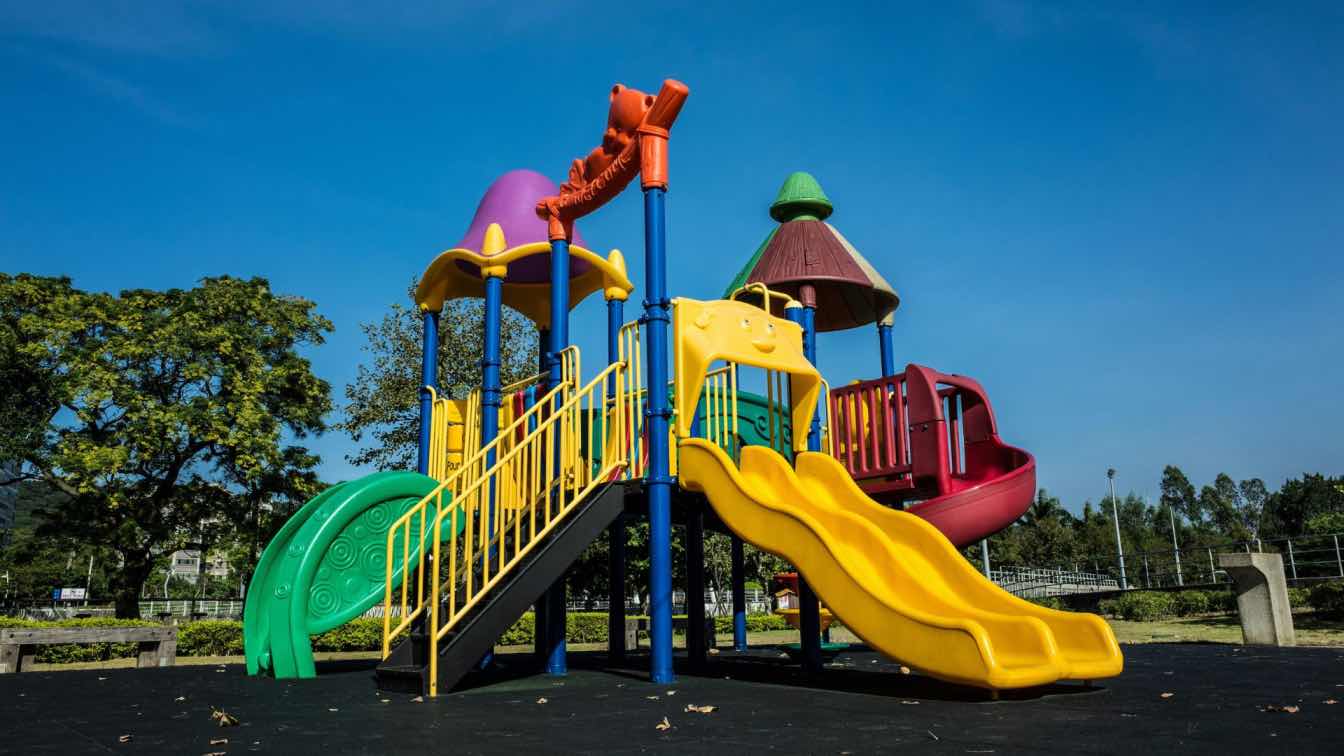Metal plates with raised patterns have long been used in industries where durability, slip resistance, and structural strength are essential. Two of the most common types are aluminium checker plates and tread plates. While these terms are often used interchangeably, they have distinct characteristics that make them suitable for different applications. Understanding their differences can help in choosing the right material for a particular project, whether for construction, transport, or industrial settings.
Understanding Aluminium Checker Plate
Aluminium checker plates are known for their signature raised pattern, typically in a diamond or five-bar design. The textured surface provides excellent grip, making them a preferred choice for flooring in high-traffic areas, stair treads, and vehicle ramps. The raised sections help prevent slips, making them an important safety feature in workplaces and commercial buildings.
One of the standout qualities of these plates is their lightweight nature. Aluminium is much lighter than steel, which makes handling and installation easier while still offering reliable strength. Additionally, aluminium is naturally resistant to corrosion, allowing these plates to perform well in outdoor environments or areas exposed to moisture. Unlike other metals that require coatings to prevent rust, aluminium maintains its integrity with minimal maintenance.
Another advantage of aluminium checker plates is their versatility. They are widely used in industries ranging from construction to transportation. Because of their durability and non-slip properties, they are commonly found on truck beds, warehouse floors, and even marine environments where surfaces must remain safe and sturdy.
What Is Tread Plate?
Tread plate, like aluminium checker plates, also features a raised pattern on its surface. The main difference lies in the variety of materials used to manufacture tread plates. While aluminium versions exist, tread plates are often made from steel or stainless steel, which increases their load-bearing capacity. These plates are designed to withstand heavy wear and tear, making them a common choice in industrial environments where extra strength is required.
Steel tread plates offer greater impact resistance compared to aluminium versions. This makes them suitable for applications such as heavy-duty staircases, machine platforms, and industrial flooring. However, steel is prone to corrosion unless it is treated or coated, so it may require additional maintenance in environments where moisture is present.
Stainless steel tread plates, on the other hand, provide both strength and corrosion resistance, making them ideal for food processing facilities, chemical plants, and marine applications. While they are more expensive than aluminium alternatives, their durability makes them a worthwhile investment in demanding settings.
Key Differences Between Aluminium Checker Plates and Tread Plates
Material composition is one of the biggest differences between these two types of plates. Aluminium checker plates are made entirely of aluminium, making them lightweight, corrosion-resistant, and easy to work with. Tread plates, depending on the material used, may be heavier and better suited for applications requiring high structural strength.
Weight is another factor to consider. Aluminium checker plates are significantly lighter than steel tread plates, which can make installation quicker and more cost-effective. This also makes them ideal for applications where reducing overall weight is important, such as in transportation and aerospace industries.
When it comes to corrosion resistance, aluminium checker plates naturally outperform steel tread plates unless the steel has been specially treated or coated. This makes aluminium a preferred choice for outdoor or marine environments where exposure to moisture is a concern.
Both materials offer excellent slip resistance, but the choice between them depends on the level of strength required. Steel tread plates are often favoured in environments where extreme durability is necessary, while aluminium checker plates provide a good balance of strength, weight reduction, and low maintenance.
Choosing the Right Material
Selecting between aluminium checker plates and tread plates depends largely on the intended application. If the goal is to achieve a lightweight, corrosion-resistant, and low-maintenance solution, aluminium is the better option. These plates work well in commercial buildings, vehicles, and areas where frequent cleaning is required.
For environments that demand extreme durability, such as industrial factories, heavy equipment platforms, or high-impact areas, steel tread plates may be a better choice. Although they require additional maintenance to prevent rust, their strength makes them a reliable option for heavy-duty applications.
Ultimately, both materials serve their purpose well. Aluminium checker plates offer a practical solution for many industries, while tread plates made from steel or stainless steel provide additional reinforcement where needed. Understanding the unique qualities of each material ensures that the right choice is made for any given project, balancing safety, durability, and cost-effectiveness.

